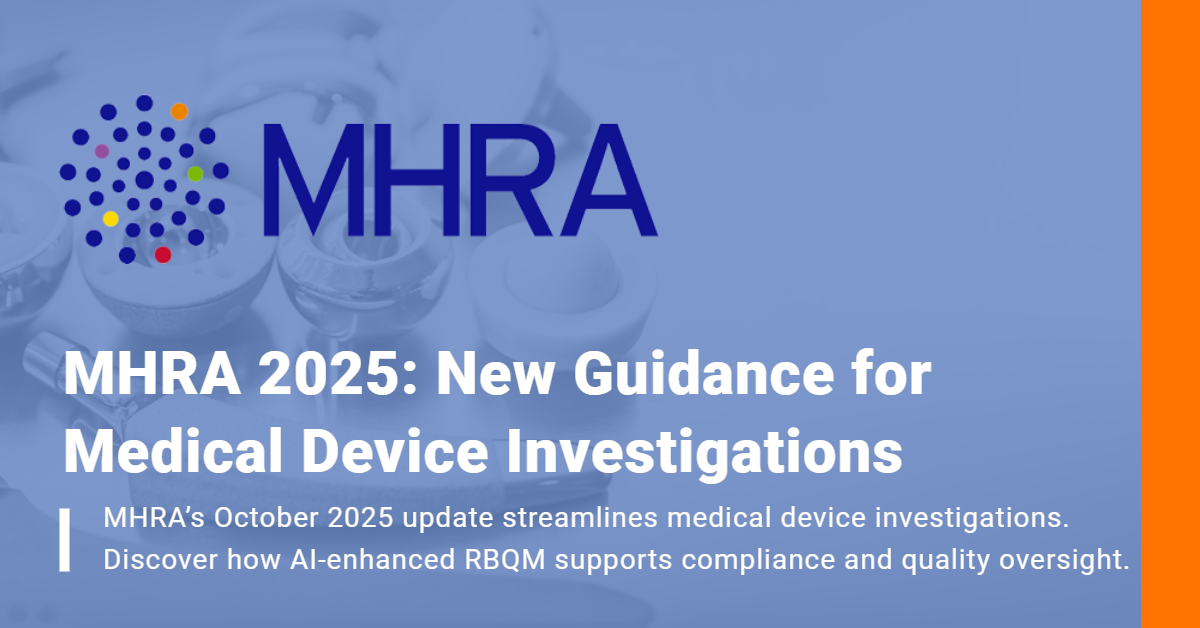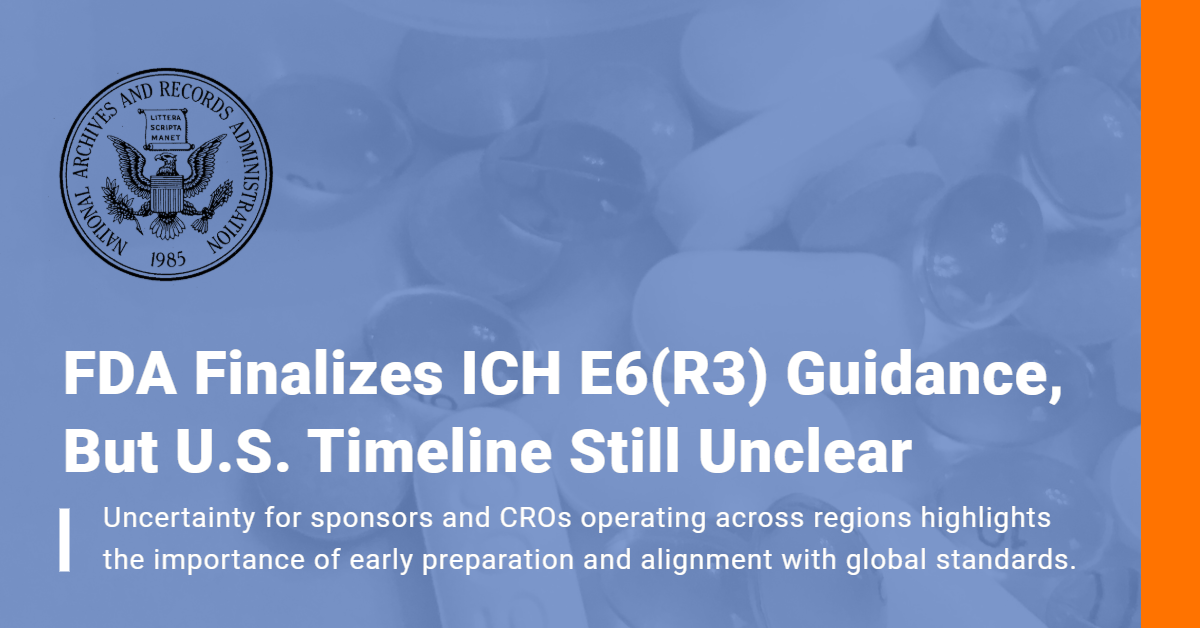Quality Tolerance Limits (QTLs) in ICH E6(R3): An Ongoing Concern for Clinical Trial Management
 This opinion piece is written by Keith Dorricott, MBB, a MyRBQM Academy instructor who attended the SCOPE Summit in Florida in February of this year. The article explores his observations regarding the challenges faced by the clinical trial industry in implementing Quality Tolerance Limits (QTLs) and Key Risk Indicators (KRIs) as required by ICH E6(R2). Dorricott notes that despite being a requirement, QTLs have not been as well-adopted as KRIs, which are optional, and wonders if the industry’s struggle with implementing QTLs is partly due to the specific guidance provided by ICH E6(R2). Through his observations, Dorricott highlights the importance of focusing on the fundamental principles of risk identification and monitoring in clinical trials rather than getting bogged down in the nuances of definitions and interpretation of the guidance.
This opinion piece is written by Keith Dorricott, MBB, a MyRBQM Academy instructor who attended the SCOPE Summit in Florida in February of this year. The article explores his observations regarding the challenges faced by the clinical trial industry in implementing Quality Tolerance Limits (QTLs) and Key Risk Indicators (KRIs) as required by ICH E6(R2). Dorricott notes that despite being a requirement, QTLs have not been as well-adopted as KRIs, which are optional, and wonders if the industry’s struggle with implementing QTLs is partly due to the specific guidance provided by ICH E6(R2). Through his observations, Dorricott highlights the importance of focusing on the fundamental principles of risk identification and monitoring in clinical trials rather than getting bogged down in the nuances of definitions and interpretation of the guidance.
The QTL-KRI Conundrum
Firstly, it is important to note that the elephant in the room at SCOPE 2023 in Florida was what the update to ICH E6 (GCP) – ICH E6(R3) will contain. And this is nowhere more a topic of concern than in the vexed area of Quality Tolerance Limits (QTLs). They were adopted in E6(R2) in 2016 and have really challenged many of those running clinical trials ever since. There have been panel discussions, presentations, workshops, and even whole conferences devoted to QTLs.
The Challenges of Quality Tolerance Limits (QTLs) in Clinical Trials
Secondly, you might wonder why we are still talking about QTLs more than six years after the introduction of them in ICH E6? Something that has always intrigued me is that the industry has somehow found it easier to embrace Key Risk Indicators (KRIs) than QTLs. And yet QTLs are described in E6(R2) but KRIs are not. In other words, from the perspective of GCP, KRIs are optional and are generally well adopted, but QTLs are required and yet not so well adopted.
“QTLs are described in E6(R2) but KRIs are not. In other words, from the perspective of GCP, KRIs are optional and are generally well adopted, but QTLs are required and yet not so well adopted.”
Key Risk Indicators (KRIs) vs QTLs: A Comparison
KRIs are a metric that is monitored in an ongoing way to look for emerging issues. This is done with the aid of a limit or threshold beyond which it is considered a possible issue that matters might be emerging and it is worth spending resources to try to understand the causes, take action, and bring the metric back into control. KRIs are often viewed from a site perspective – looking for outlier sites – but can also be viewed from other perspectives such as country, study, or patient. And yet QTLs are essentially doing the same thing. They are metrics with a defined threshold that are monitored during the trial looking for the emergence of issues that matter. QTLs are really a special type of KRI – focused on the most critical risks at study level.
Why Have KRIs Been Easier to Implement Than QTLs?
The approach with KRIs had a head start with some companies introducing them well before E6(R2). But is there another reason why KRIs seem to have been easier to implement? Is it actually because they are not described in GCP? In the many discussions I have been involved in about QTLs, one of the major topics of concern is how the regulators will view the approach being taken.
“…KRIs seem to have been easier to implement? Is it actually because they are not described in GCP?”
The Regulatory Perspective on QTLs
Ours is rightly a highly regulated industry and yet maybe by being specific on the need for QTLs in E6(R2), could ICH have made their implementation more challenging.
I wonder, then, if this is the reason that word on the conference floor at SCOPE was that it is likely QTLs will no longer be referenced in E6(R3). Rather than us endlessly worrying about definitions of a QTL versus a KRI, about how to predetermine a threshold, about what should go in the clinical study report, for example, the regulators want us to just get on with the basic idea. They don’t want us to be too fearful to implement in case we are not following the guidance appropriately. They want us to identify the critical risks, try to control them by whatever means, and monitor them during the trial through the use of metrics and thresholds – so we can detect emerging issues that matter, try to get to causes, and implement actions to correct.
The Future of QTLs in Clinical Trials: Moving Beyond Definitions
Consequently, as was said in the panel discussion at SCOPE on QTLs, the name is not really important, but the principle is. Let us hope that when the elephant in the room reveals itself, it will move us from endless discussions on QTLs to focusing on what matters. That is using accumulating data in clinical trials to provide insights to help reduce the risk to trial participants and the integrity of trial data. Using metrics with thresholds as a way to monitor risks during trials is surely here to stay.
“…the name is not really important, but the principle is.”
In conclusion, the QTL-KRI conundrum in clinical trials highlights the importance of focusing on the fundamental principle of identifying critical risks and monitoring them through the use of metrics and thresholds. While the industry has found it easier to embrace KRIs, the use of QTLs remains a requirement in ICH E6 for now. Moving forward, we should shift the focus from endless discussions on definitions and interpretation of the guidance to leveraging data insights to mitigate risks and ensure the integrity of clinical trial data.

Want to learn more about implementing QTLs and KRIs in clinical trials? Join free mindsON RBQM interactive workshops led by Keith Dorricott and Dr. Johann Proeve, our CSO. Register here: mindsON RBQM virtual workshops







